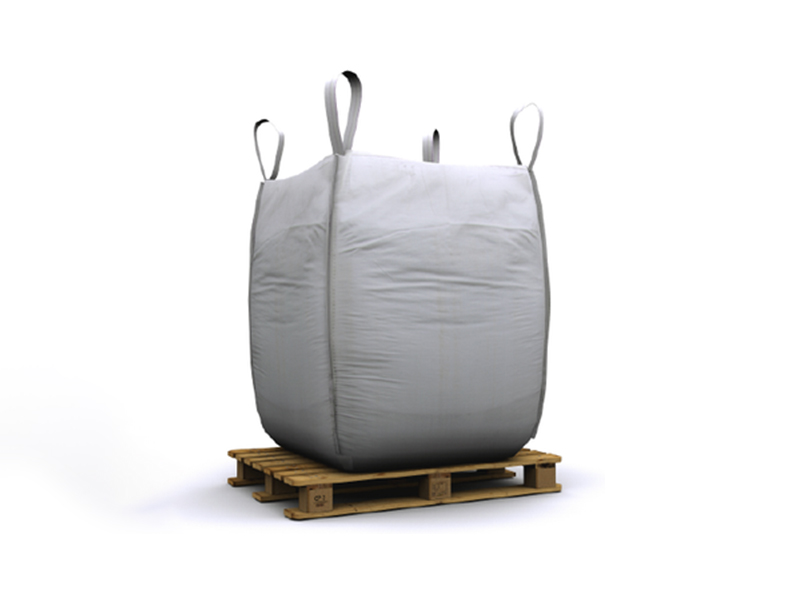DAYE Dry UHPC Premix Quality Control Indicators in Assembly Buildings
 Nov 28, 2022|
Nov 28, 2022| View:645
View:645DAYE Dry UHPC Premix is a high-engineering material with ultra-high strength, toughness, and high durability, which has good application prospects in national defense, marine engineering, the nuclear industry, superior safety protection engineering, municipal engineering, and so on. The test proves that its collapse strength is 3 times that of ordinary C50 concrete, the shrinkage rate is reduced by 50%, and it remains intact after 700 freeze-thaw cycles, called "Never Crack" concrete.

To ensure the quality of DAYE Dry UHPC Premix for assembled buildings, we will analyze the quality control indexes of UHPC for assembled buildings from four aspects: mix properties, mechanical properties, shrinkage, and chloride ion penetration resistance.
1. Mix performance indexes.
The fluidity and viscosity of the DAYE Dry UHPC Premix mix have a greater impact on its construction performance in the project. For UHPC used for node connection in assembled buildings, the expansion degree is recommended to be in the range of 750~850mm, while for UHPC used for exterior wall decoration and production of assembled prefabricated components, the expansion degree should not be lower than 650mm.
For DAYE Dry UHPC Premix containing steel fibers, there is no effective method to characterize the rheology, and the viscosity coefficient measured by the existing rheometer test device is inaccurate. On the other hand, the expansion time characterizes its viscosity to some extent. Therefore, the time interval of expansion time loss can be determined according to the actual project, and the expansion time loss should not be greater than 100mm. The surface of UHPC with excessive time loss is easy to crust, which is not conducive to construction.
2. Mechanical performance indicators.
DAYE Dry UHPC Premix mechanical performance indicators mainly include compressive strength, modulus of elasticity, flexural strength, and tensile properties.
(1) Compressive strength. The research found that the compressive strength of UHPC in the market is mostly distributed in the range of 100~160 MPa, among which 120~150 MPa are the majority of products, and there are a few UHPC with a compressive strength greater than 180 MPa. In decorative UHPC, the overall mechanical properties are reduced due to synthetic fibers instead of steel fibers, usually in the range of 100~120 MPa. Therefore, it is recommended that the compressive strength of structural UHPC for assembled buildings should not be less than 120 MPa. From the structural design point of view, the compressive strength of 120 MPa fully satisfies the building requirements, and too high a strength will increase the material cost. The compressive strength of decorative UHPC for assembled buildings should be no less than 100 MPa to ensure the diversity of fiber selection for decorative UHPC.
(2) elastic modulus. The elastic modulus of UHPC is mostly distributed in the range of 40~55GPa, among which most structural UHPC are in the range of 40~55GPa, and most decorative UHPC are in the range of 40~50GPa. Therefore, it is recommended that the modulus of elasticity of structural UHPC should not be less than 45GPa, and that of decorative UHPC should not be less than 40GPa.
(3) flexural strength. The flexural strength of UHPC varies greatly, about 10-20MPa. It is recommended that the flexural strength of structural UHPC for assembled buildings should not be less than 14MPa. Decorative UHPC, because it usually uses synthetic fibers instead of steel fibers, the flexural strength is difficult to exceed 15MPa, so it is recommended that it should not be less than 10MPa.
(4) Tensile performance. The tensile performance of UHPC is a key indicator that distinguishes it from high-strength cementitious materials, specifically in the three indicators of tensile strength, tensile strength/elastic limit tensile strength, and tensile strain. The tensile strength depends largely on the elastic ultimate tensile strength, i.e., it has a greater correlation with the matrix's high or low compressive strength. From the design requirements and the actual situation of the tensile properties of UHPC in the market, the tensile strength of structural UHPC is generally required to be not less than 7 MPa, and the tensile strength of decorative UHPC is required to be not less than 5 MPa. While for the tensile deformation behavior, strain hardening characteristics are usually required, the tensile strength/elastic ultimate tensile strength ≥ 1.1 is recommended for structural UHPC, the ultimate tensile strain ≥ 1500με, the indicator requirements for decorative UHPC are slightly reduced, with recommended tensile strength/elastic ultimate tensile strength ≥ 1.0 and ultimate tensile strain ≥ 1000με.
3. Shrinkage.
DAYE Dry UHPC Premix has an excellent performance in all mix properties, mechanical properties, and durability performance, but shrinkage is large. This is more related to the composition and proportion of UHPC. The coarse aggregate is removed in the preparation process of UHPC, and the amount of cementitious material is greatly increased, resulting in a significant decrease in the ability of UHPC to resist shrinkage, which brings a greater risk of cracking. From the perspective of controlling cracking, the 28-day dry shrinkage of cast-in-place UHPC used for nodal connections in assembled buildings is no more than 300 με, and the 3-day self-shrinkage is no more than 800 με. Prefabricated UHPC with thermal maintenance usually does not need to consider the effect of material shrinkage.
UHPC has high durability due to its low water-cement ratio and tightest packing theory. Its ability to resist the intrusion of various aggressive media has been further improved compared with high-performance concrete. It is recommended that the chloride ion diffusion coefficient of UHPC for assembled buildings should not exceed 0.30×10-12m2/s.
The above is about the quality control index of DAYE Dry UHPC Premix in assembled buildings, if you need more detailed information, welcome to contact us!




